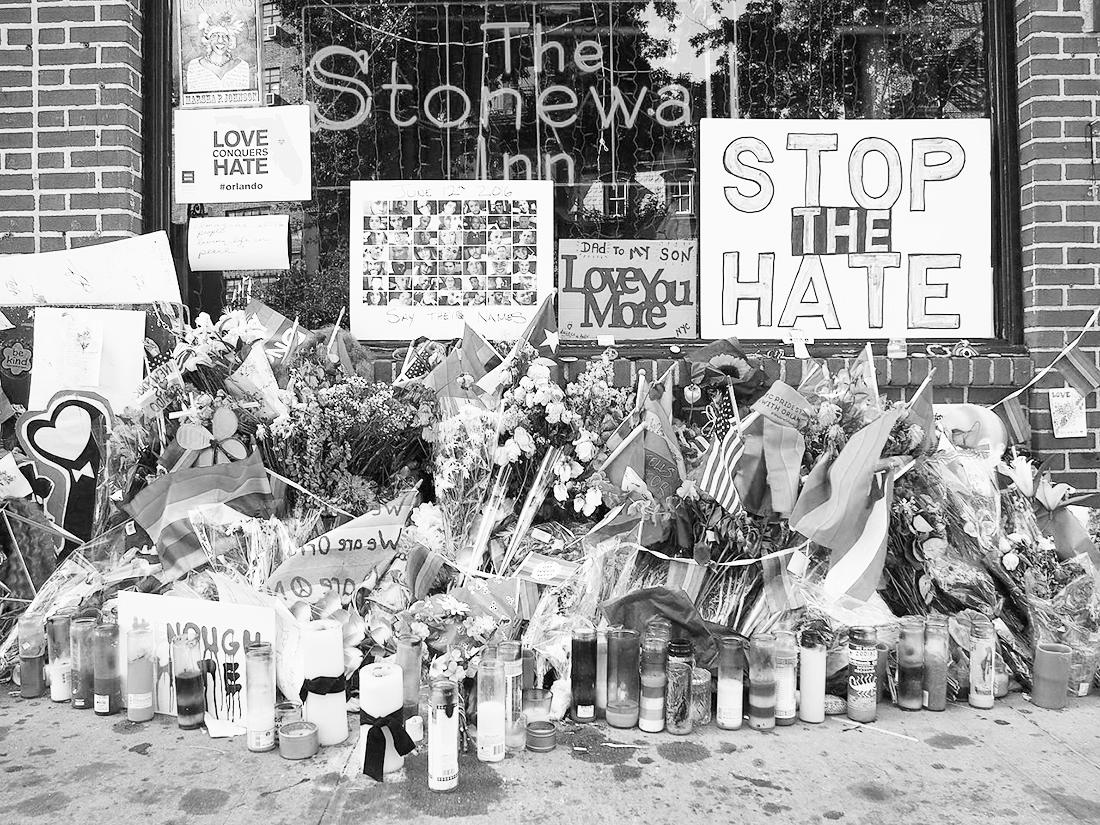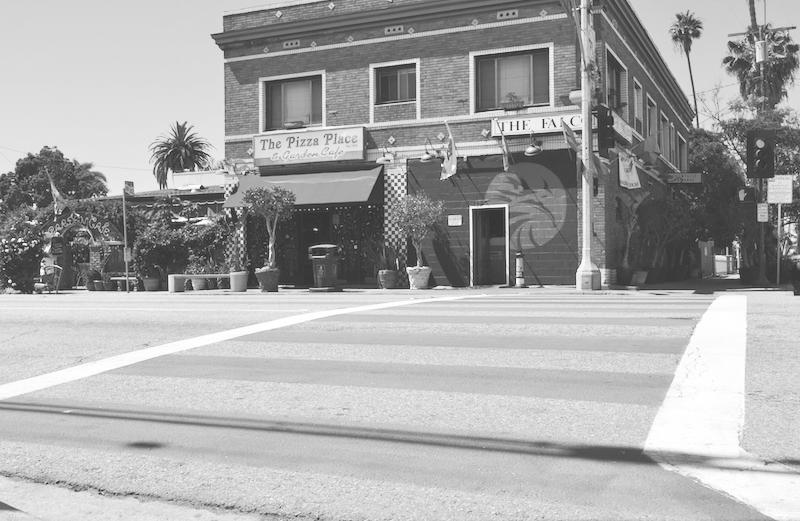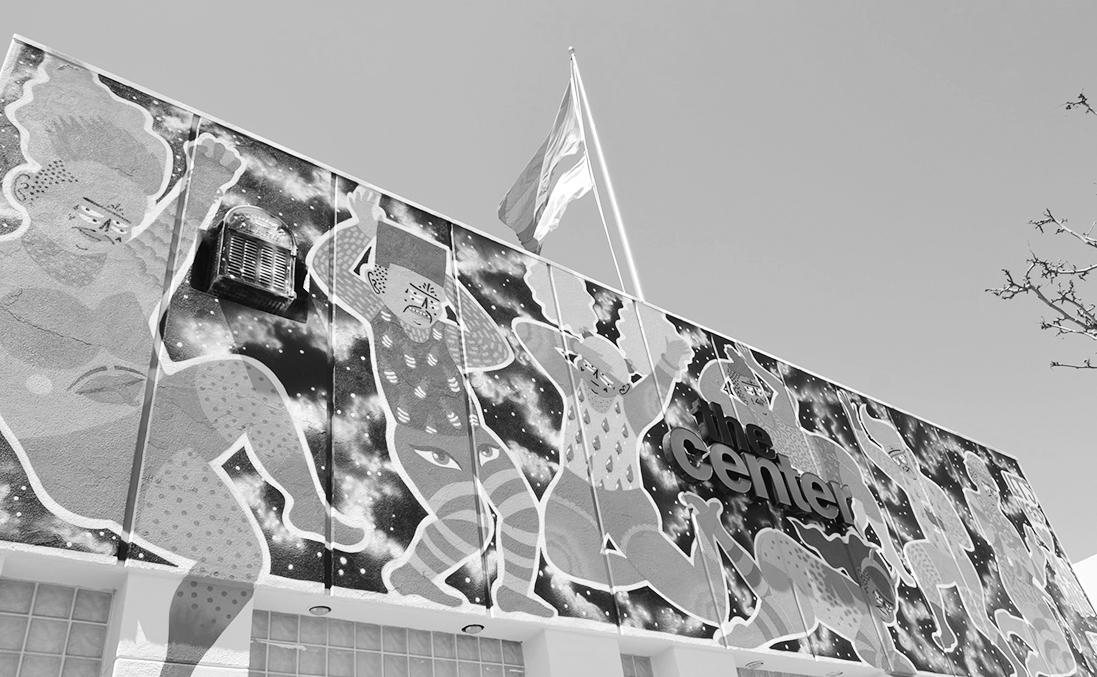
5 minute read
The Paradoxical NaTure of GeNTrificaTioN iN loNG Beach’s GayBorhood
By Thomas Lick Vanguard
When it comes to gentrification and the LGBTQ+ community, there seems to be two conversations — how so-called “gayborhoods” invite gentrification and how gentrification threatens gayborhoods’ existence.
Advertisement
Long Beach has been an unqualified gay mecca since the 1980’s. The city boasts a number of historic gay bars, hosts California’s second largest Pride celebration every year, and, most notably, Long Beach has six neighborhoods with the highest concentrations of same-sex couples in the L.A. area. The top being Belmont Heights, Plaza / South of Conant, and Eastside, these three neighborhoods are priced an average of $278 per square foot of property, far more affordable (for now) than famously known gay neighborhoods like West Hollywood or The Castro in San Francisco.
The city’s LGBTQ+ friendly reputation is due to various pro-equality policies such as its contractor non-discrimination ordinance, trans-inclusive health benefits, and LGBTQ+ youth programs funded by The Center for Families and Youth.
The pluses of being gay and living in Long Beach are tempered by the rapidly increasing rent, a symptom of a thriving neighborhood. To date, the city has seen an 11 percent increase in one-bedroom units since last year, positioning it at No. 13 in the nation in terms of the most expensive rent- al markets, according the Zumper, a rental services website.
As affordability is threatened by gentrification, Long Beach residents who can’t afford the climbing costs of living are being displaced. This cause and effect presents unique implications for members of the LGBTQ+ community.
Many look to “the gays” as Fairy God Gentrifiers; moving into a neighborhood waving their magic gay wands and subsequently increasing the value of their surroundings.
Phillip Dominguez, a local realtor, explains, “Gay people are known for moving into an area and taking care of the property … I think in most cases homeowners do want gay people to move into their area because they know they’re going to increase its value.”
Dominguez acknowledges the rent increases do force some to relocate, including his friends, but believes the city is only now catching up to it’s worth. “Long Beach has been the cheapest beach city all along the coast of California and people are finally tapping into that,” he says.
In the 1980s, Long Beach saw a large influx of gay people move into the coastal regions of the city and establish roots. In 1985, L.A. Times writer David Haldane described the emerging gay district as “A once-sleepy neighborhood occupied mostly by senior citizens [which has] blossomed into one of the city’s most dynamic business and residential districts with a flavor all its own.” Haldane, like most, credits the gay community for enlivening a sleepy, crime-riddled, nook and turning it into something special.
But if LGBTQ+ folks incite redevelopment, are they immune from its negative effects?
Peter Moskowitz, author of the book, “How to Kill a City: Gentrification, Inequality, and the Fight for the Neighborhood,” answers this question in an interview he gave to fusion.net. “There are LGBTQ people who are gentrifiers. There are LGBTQ people who are [victims of gentrification]. The dividing line falls on race and income.”
Moskowitz asserts unearned advantages are what are empowering cis white men to benefit from gentrifying the gayborhood. “Whiteness gave a lot of them the power to flee the suburbs, just like whiteness gave their parents government subsidies to flee cities a generation earlier.”
It’s worth noting that contrary to myth, LGBTQ+ Americans face disproportionately high levels of poverty.
In one 2010 anonymous survey of Americans ages 18-44, gay men were found to have a poverty rate of 20.5 percent; the rate for straight men was 15.3 percent. For les- bians, it was 22.7 percent, compared to 21 percent for heterosexual women. This can be the result of discriminatory workplace policies and hiring practices, and the staggering number of homeless LGBTQ+ youth making it difficult for LGBTQ+ persons to secure high-paying careers.
Adding to the complexity of the situation are population changes in Long Beach. Dr. William J. Crampon of a local think tank, Rethinking Greater Long Beach, crunched some numbers relating to Long Beach’s gayborhood.
His statistics show that while the city at large has seen a 2 percent growth from the year 2000 to 2015, the historically gay neighborhoods have decreased in population by 3 percent.
More interestingly, residency amongst Caucasians has dipped 9 percent while the area boasts an 11 percent increase in Asian residents, 2 percent bump of African Americans and a 7 percent increase of Latino persons.
Robert Fox, a community organizer and property owner, hates that gentrification has become a bad word. For him, reinvestment is necessary to a thriving community, and in the 1980s fixing the city’s ills was a matter of life and death.
In order to rid the streets of crime and encourage a sense of community, Fox spearheaded the Alamitos Beach Neighborhood Association. He recalls, “We didn’t have any options and the city wasn’t helping us at all.” His solution to the nightly gay bashings was to organize teams of six to ten people to escort people to their homes or cars after leaving the gay bars. Fox’s next step would be to eradicate gang violence.
“We tried to do the right thing and bad things happened.” To push gang members out, Fox along with tenants and landlords issued 30-day “just cause eviction” notices, he says. But what Fox didn’t take into account was the fact that it takes three weeks for the notice to be posted by the Sheriff’s Department to prompt a lockout. In the meantime, the tenants who testified in court became targets of gang retaliation. Each tenant endured brutal attacks, Fox says. Ever since, he adds, the city has moved away from 30-day just cause notices.
Today, Fox remains, to some, a controversial leader for his stance against rent control and just cause evictions. He believes such policies harm residents’ safety and cause drops in housing units. Fox be- lieves one solution to the affordable housing crisis lies in building more units to ease the demand subsequently lowering rent.
An often overlooked byproduct of gentrification is the neighborhood policing that comes from new residents imposing their ways of life. As the landscape of the neighborhood changes, so do the priorities and needs of the residents. What might have been accepted behavior could potentially be seen as out of place and be policed away by newer residents. The manifestation of this in gay neighborhoods reveals a heightened level of intimidation. Housing rights advocate, Maria Lopez deals with disputes between renters and landlords on a daily basis. In her experience, she’s found that typically when there’s a dispute between neighbors, one person from the household is the aggressor. With gay couples, Lopez reveals “both members instigate the situation,” and if it’s an example of a same-sex male couple then any instance of male privileges is amplified.
After years of commuting to Burbank for work, Mark Waters was able to secure a job working for the city. Subsequently, Waters laments the fact that he, at 43, only recently understands what it feels like to be truly autonomous and living alone. “One of the things I’ve been thinking about in terms of rents going up has a lot to do with the maturity and personal development of gay men.” Mark posits, “How can a person develop if they have to have a roommate their entire life?”
For Waters, the advantages of living alone are based on the freedom it affords. “When you have to have a roommate for years on end, you usually don’t get that space. Especially if it’s two men living together who are not romantically involved. There is no room for another relationship to really develop and blossom.”
Maria Lopez is hopeful that the rapid gentrification and the sense of social urgency it creates can lead to a larger, inclusive component to the LGBTQ+ movement. “The gay movement has drastically changed from what the Stonewall Riots fought for and we must remain critical on that note as more queer people of color are suppressed by many social issues — housing being one,” she says.
“We cannot separate ourselves into pieces or compartmentalize the multiplicity of our deeply interconnected struggles. As Audre Lorde famously said, ‘There is no such thing as a single-issue struggle because we do not live single-issue lives.’”
This article was produced in collaboration with KCET’s City Rising series, a multimedia series that traces gentrification through a lens of historical discriminatory practices. Visit kcet.org/cityrising.











